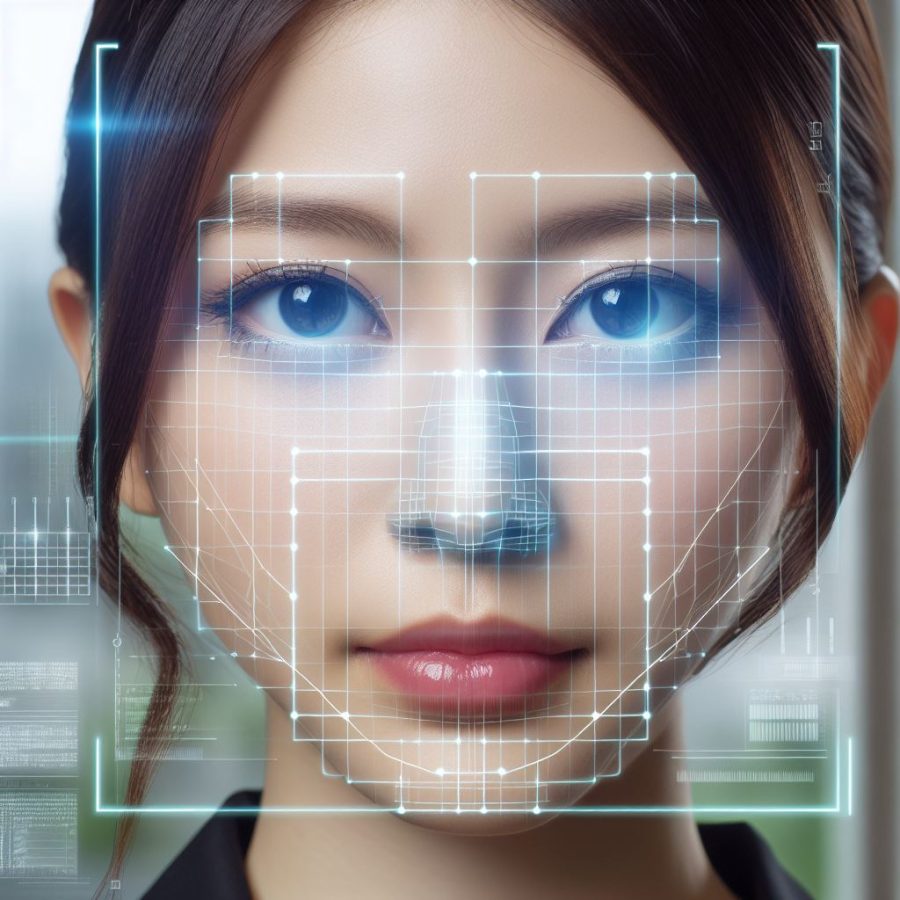In the fast-evolving landscape of biometric security, Rank One Computing (ROC) has established itself as a leader in facial recognition technology. ROC’s software sets the benchmark in this field through exceptional accuracy, efficiency, and innovative features. Here’s an in-depth look at why ROC software stands out.
Exceptional Accuracy
ROC’s facial recognition software is renowned for its accuracy, consistently ranking among the top globally in various National Institute of Standards and Technology (NIST) benchmarks. The ROC SDK v2.4, for instance, is ranked 7th globally out of 478 algorithms for its error rates across diverse datasets, including Visa, Mugshot, and Border Security scenarios. This high ranking is a testament to the software’s ability to deliver reliable performance in controlled and uncontrolled environments.
The NIST benchmarks are the gold standard in evaluating facial recognition technologies. These tests rigorously assess the algorithms on multiple parameters, such as error rates, which measure the frequency of incorrect identifications. The ROC SDK v2.4 excels in these benchmarks by maintaining meager error rates, demonstrating its ability to identify individuals under various conditions accurately.
One key factor contributing to this exceptional accuracy is ROC’s use of advanced algorithms that have been fine-tuned over years of research and development. The software employs sophisticated techniques, such as deep learning and convolutional neural networks (CNNs), to analyze facial features with high precision. This allows ROC’s technology to differentiate between even the most subtle facial variations, ensuring accurate recognition even in challenging scenarios.
Moreover, ROC’s algorithms are designed to perform robustly across various demographics. This inclusivity ensures that the software provides accurate results regardless of the subject’s age, gender, or ethnicity. This is particularly important in real-world applications where diverse populations are encountered.
The software’s versatility underscores its ability to handle controlled environments, like passport and visa checks, and uncontrolled environments, such as surveillance footage. For instance, the software can precisely match high-quality images to a database in controlled settings, ensuring secure and reliable identity verification. In uncontrolled environments, where images might be captured under varying lighting conditions and angles, ROC’s technology still maintains high accuracy, significantly reducing false positives and negatives.
ROC’s commitment to continuous improvement is another reason behind its top-tier performance. The company regularly updates its algorithms to incorporate the latest advancements in machine learning and artificial intelligence. These updates enhance accuracy and improve the software’s ability to adapt to new challenges and datasets.
Efficiency and Speed
One of the critical aspects that set ROC apart is its unparalleled efficiency. The ROC SDK is designed to be lightweight and fast, with a face template size of just 261 bytes, significantly smaller than its competitors. This efficiency extends to its memory footprint, which is only 83 MB, making it 10 to 20 times smaller than other leading solutions. The template generation time is a mere 193 milliseconds, 2 to 5 times faster than competitors.
ROC’s software can operate independently, unlike many facial recognition systems that require substantial server infrastructure and constant connectivity. This standalone capability makes it ideal for deployment in environments with limited connectivity, such as remote locations or secure facilities. The flexibility to function without an active internet connection enhances security and reduces operational risks.
Advanced Features
ROC’s software includes a range of advanced features that enhance its functionality and applicability:
- Face Analytics: The software can analyze age, gender, and geographic origin and detect emotions and facial poses. This comprehensive analysis capability makes it valuable for applications beyond mere identification, including customer insights and engagement strategies.
- Liveness Detection: ROC incorporates advanced detection to prevent fraud and sophisticated spoofing attempts. This includes compliance with iBeta Level-2 standards for detecting photo, video, avatar, and mask attacks.

Robust Security and Ethical Standards
ROC is committed to ethical practices and robust security measures. The entire ecosystem is developed in the United States under stringent ethical guidelines, ensuring that the software is effective, responsible, and trustworthy. This commitment is crucial in an era where data privacy and ethical considerations are paramount.
Versatile Deployment
Another significant advantage of ROC’s SDK is its versatility. It supports various operating systems, including Mac OS, Windows, Linux, iOS, and Android. This broad compatibility ensures that ROC’s facial recognition technology can be seamlessly integrated into various platforms, from mobile devices to large-scale enterprise systems .
ROC’s software is proven in real-world applications, handling over 200 million transactions in 2023 alone across sectors such as FinTech, law enforcement, and national security. This extensive field usage underscores the software’s reliability and performance in critical applications.
Continuous Innovation
Rank One Computing continually enhances its software to maintain its leading position. The ROC SDK undergoes regular updates to incorporate the latest AI and machine learning advancements, ensuring it remains at the cutting edge of biometric technology. This commitment to innovation is reflected in the consistent performance improvements seen in successive versions of the SDK.
ROC software benchmarks facial recognition technology through its accuracy, efficiency, and advanced features. Its standalone capability, ethical development practices, and versatility make it a superior choice for various applications. By continuously innovating and adhering to the highest standards, Rank One Computing ensures that its facial recognition technology meets and exceeds modern biometric security demands.






 Your total news and information resource for all things Science, Technology, Engineering / Mathematics, Art, and Medicine / Health.
Your total news and information resource for all things Science, Technology, Engineering / Mathematics, Art, and Medicine / Health.
Leave a Comment